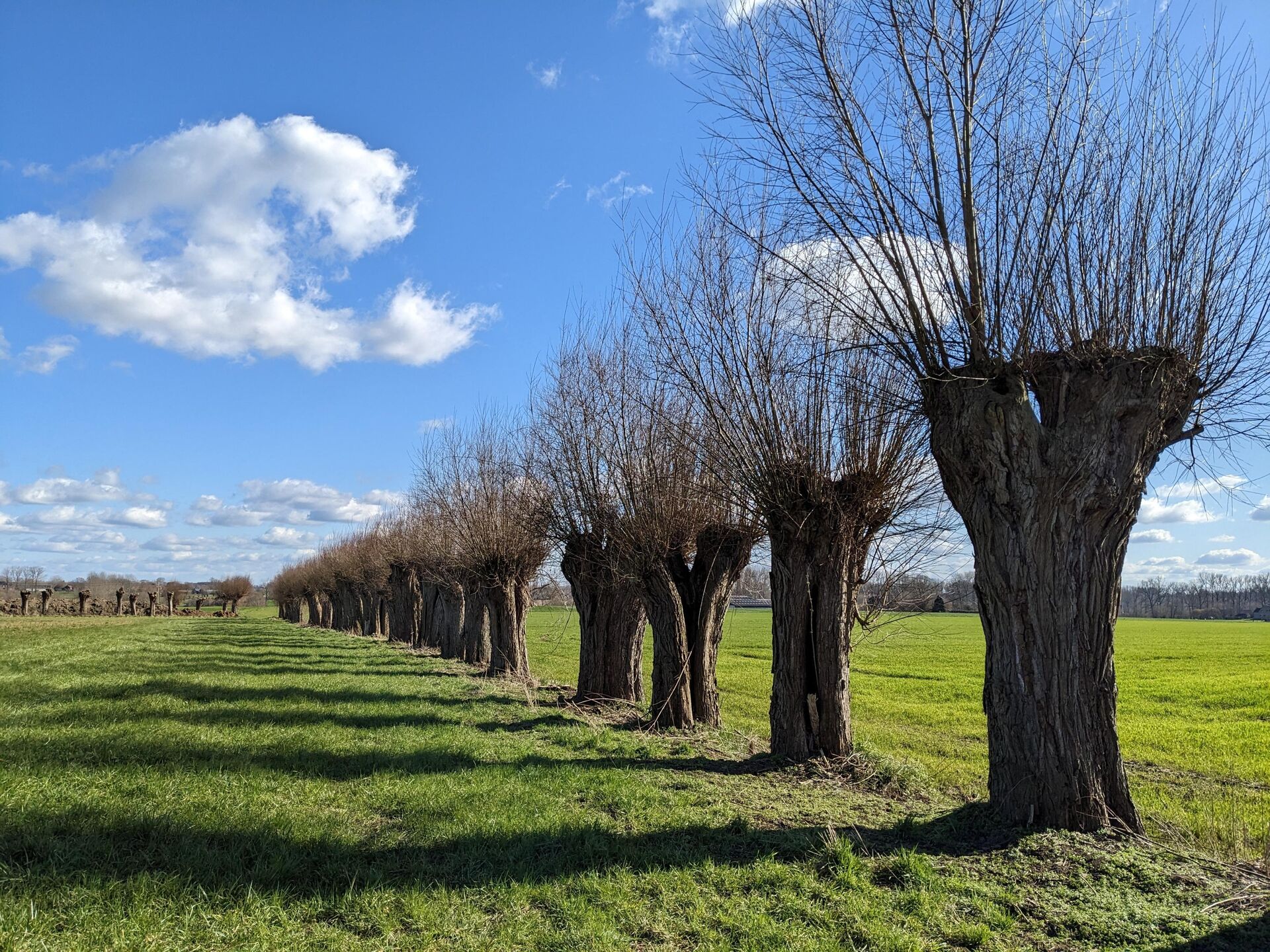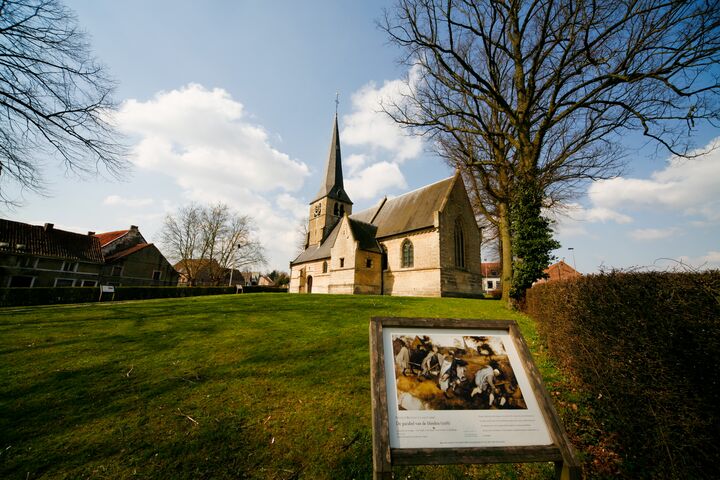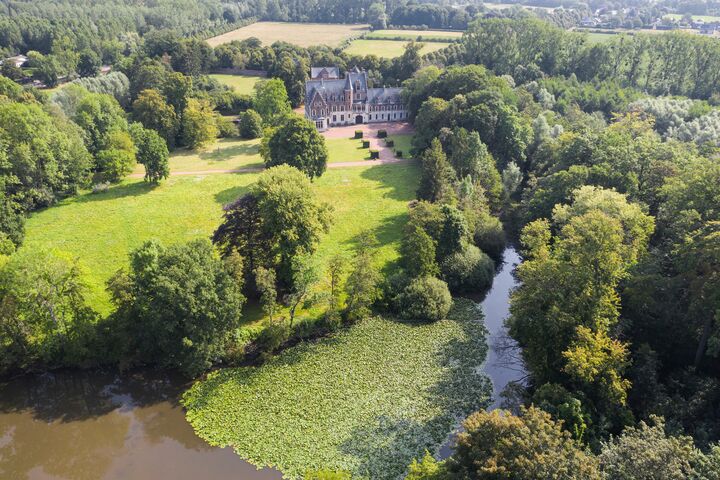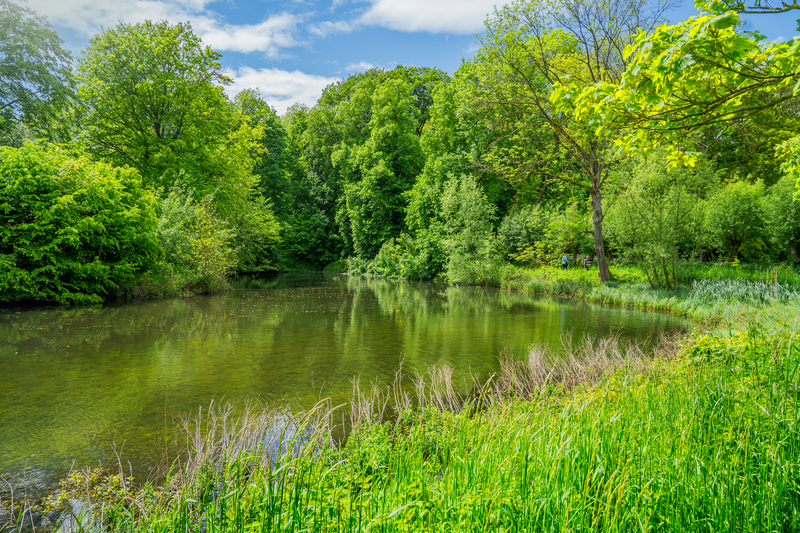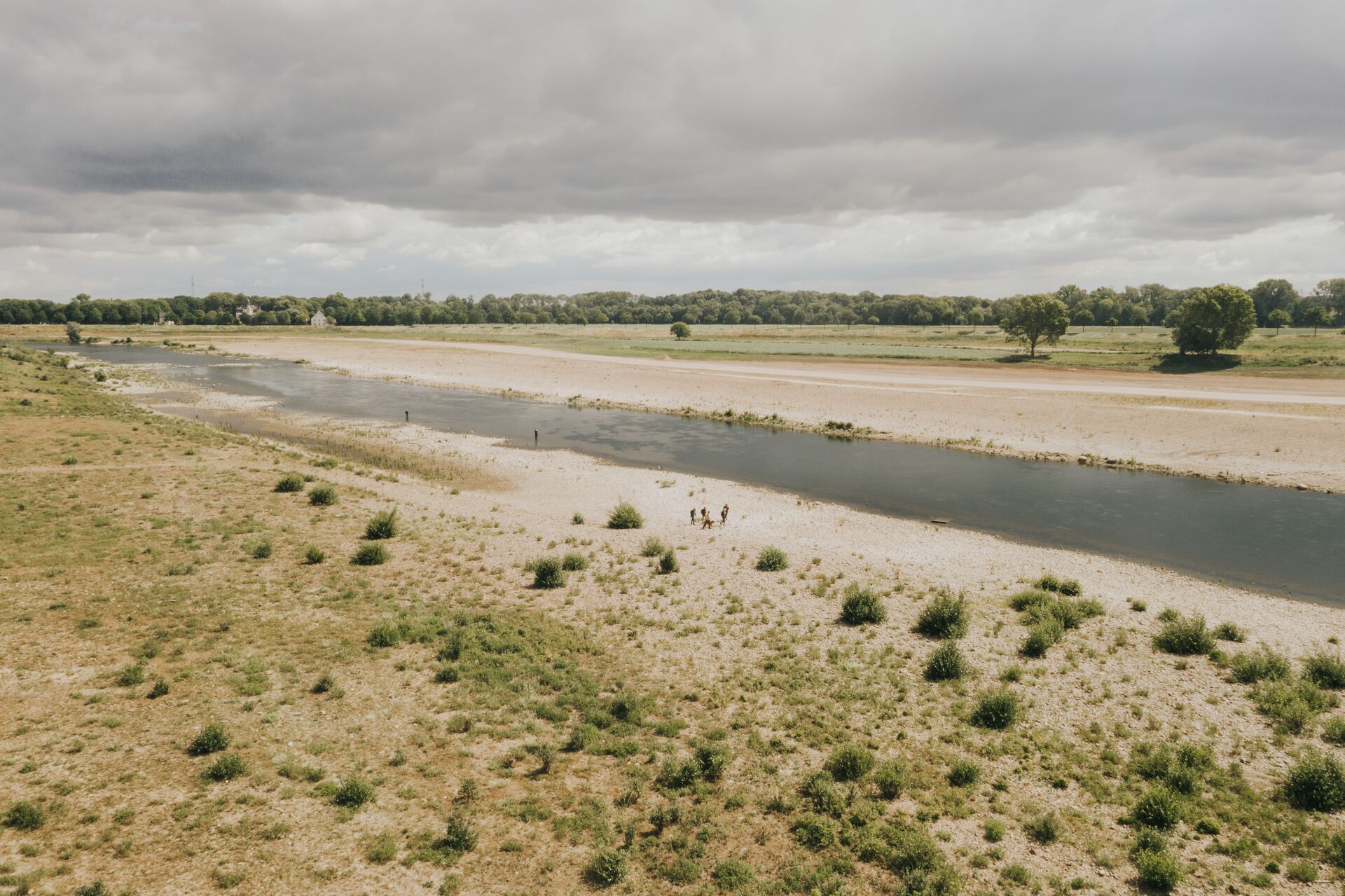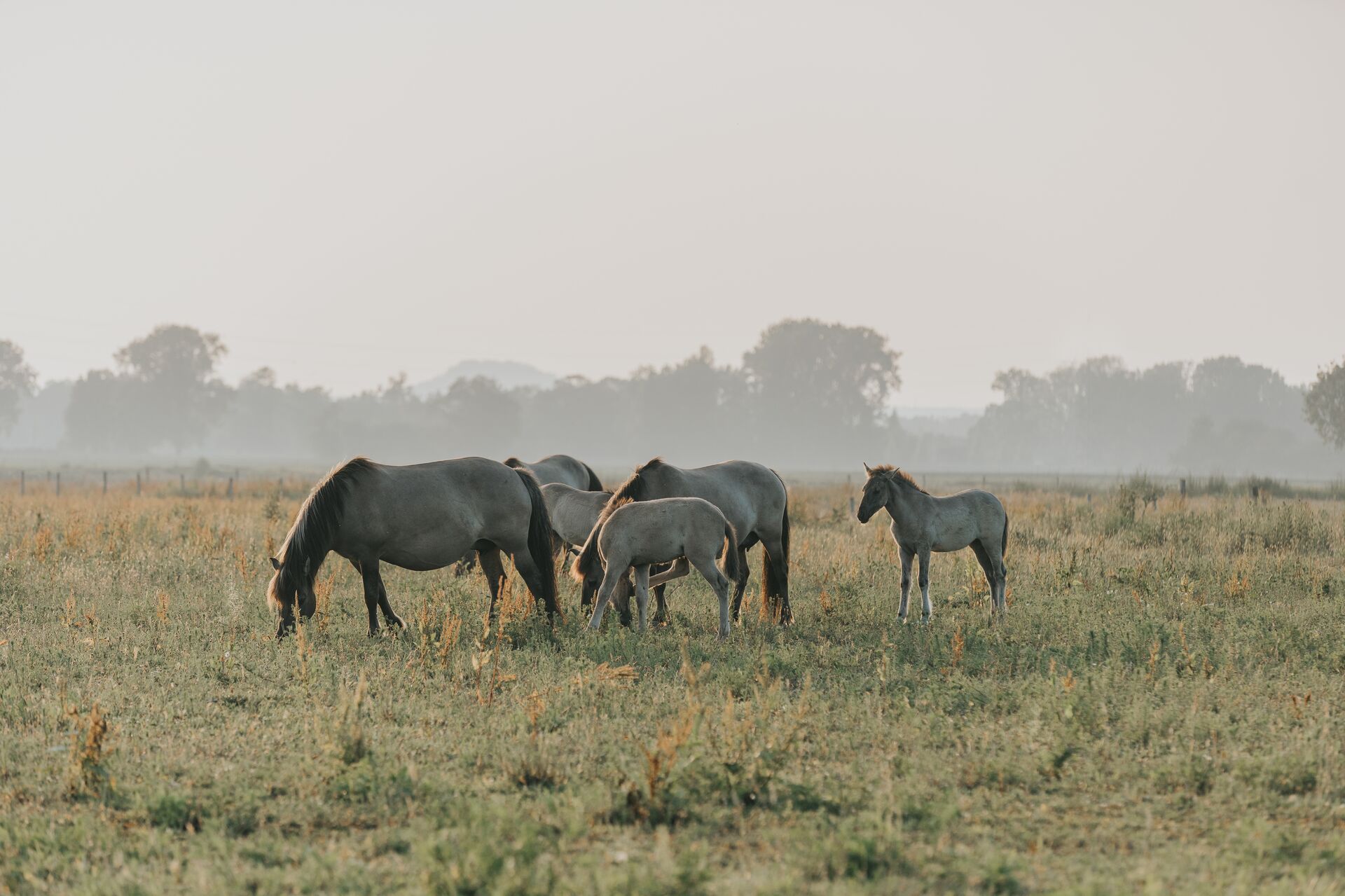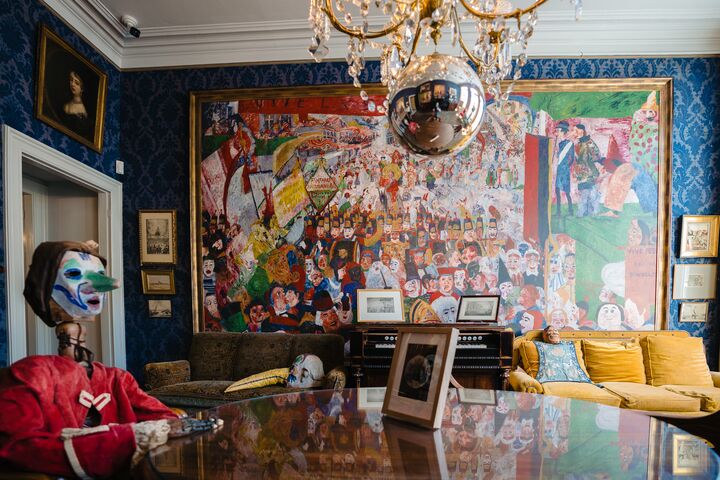The Flemish Masters made Flanders one of the world's most cultural regions. Jan and Hubert van Eyck, Peter Paul Rubens, Pieter Bruegel the Elder, etc. Each of these well-known painters were particularly active in major cities such as Bruges, Brussels and Antwerp. Whether surprising or not, the unspoilt nature of our countryside inspired them to create their world-famous masterpieces.
Pieter Bruegel the Elder (1525-1569) in the Pajottenland
When you walk or cycle through the idyllic Pajottenland, you immediately notice why Pieter Bruegel the Elder fell in love with it. Despite the strong growth of building and industrialisation, the agricultural region between Brussels, Halle and Ninove, with its rolling landscapes and charming farming villages, is still a true feast for the painter's eye. If you choose the signposted Bruegel walking route (6.9 km) or Bruegel cycling route (38.6 km), you will even come across an open-air museum with several panels with reproductions of his works. These are inspired by the beautiful, pastoral environment near Bruegel's home town: Brussels. Do you sometimes notice something strange about the landscapes he painted? Pieter Bruegel was a ‘photoshopper’ avant la lettre: from his many journeys through Italy, he brought back a cartful of visual memories, which he later incorporated into his paintings. Thus, his works are often a Flemish-Italian interpretation of the Pajottenland landscape.
Here and there, in the vicinity of Dilbeek, in the same area, you will pass old castles, windmills and breweries that immerse you in Bruegel's universe in the blink of an eye. Above all, keep your eyes open for these Bruegelian sights:
- If you pass by the chapel of Sint-Anna-Pede, the resemblance to the little church in the painting 'The Blind Leading the Blind' will certainly not escape your notice.
- The restored watermill of Sint-Gertrudis-Pede is said to be depicted in the painting 'The Magpie on the Gallows', but then in the 16th century version.
Peter Paul Rubens (1577-1640) establishes himself in the Zenne valley
Anyone who thinks of Peter Paul Rubens pictures mainly voluptuous women and does often consider the beguiling landscapes that he painted in the last years of his life. By then, he was no longer living in Antwerp, but had retreated to his country house in the vicinity of Elewijt in Brabant, then the seigniory ‘Het Steen', but now known as Rubens Castle. Closer to nature and in the company of his second wife Hélène Fourment, he enjoyed love and life to the fullest, and this is reflected in the softer atmosphere of his later works. The imposing castle grounds in that small village in the Zenne valley would inspire him to create a series of beautiful landscape paintings.
‘A View of Het Steen in the Early Morning’ is undoubtedly the best-known work, making a lasting impression on art history and paving the way for many later landscape painters. The starring role in this painting is taken by the lush nature of the splendid, gently rolling landscape of the Zenne valley around the castle, which is subtly shaded by an autumnal morning sun. You should still be able to find the little wooden bridge over the Barebeek in Elewijt today and even the castle itself still bears many similarities to today's Rubens castle – although Rubens, like his contemporaries - liked to use a mixture of realism and idealism.
Hubert (ca. 1366-1426) and Jan van Eyck (ca. 1390-1441): the Meuse valley
Of course, we know the Van Eyck brothers primarily for the ‘Ghent Altarpiece’, which gained extra notoriety with the theft of two panels in 1934 (‘The Just Judges’ is still missing today). What the brothers particularly excelled in, however, was their extremely detailed portrayal of reality - in the art of painting called 'naturalism'. Just look at the centre panel of that famous ‘Ghent Altarpiece’, where they bring every blade of grass, every flower and every leaf on every shrub to life with such precision that you can almost touch them. We do not know whether the Van Eyck brothers themselves spent hours in nature with a sketchbook observing it in the minutest detail. Although it could hardly have been otherwise, because general botanical knowledge was still quite limited at that time. So they had to rely on their own research.
Researchers examining the masterpiece's central panel discovered more than 75 different flowers, plants and trees in the background, each with their own symbolic meaning. Here and there you can see some exotic flora, such as cypresses and orange trees, but most of the vegetation in that garden of paradise is indeed home-grown. For example, you can spot a few typical, more everyday plants, such as daisies, violets, clovers and lilies-of-the-valley. But there are also a few species that were more abundant specifically in the region around Maaseik – the birthplace of Jan and Hubert van Eyck – than they were in the rest of Flanders, such as fragrant Solomon’s seal and meadow saxifrage. Thus, although the garden of the ‘Ghent Altarpiece’ consists of a potpourri of vegetation from many different regions, it is safe to say that this fascinating, blooming mix also includes a pinch of the Meuse Valley!
Now how about that? Our Flemish Masters not only made their mark on Flemish art cities, but they also moved into the countryside. The many pristine natural gems of Flanders are well worth a visit. Have these fun facts about nature piqued your interest in our Flemish Masters? You can now learn even more about Jan van Eyck, Peter Paul Rubens and Pieter Brueghel.
